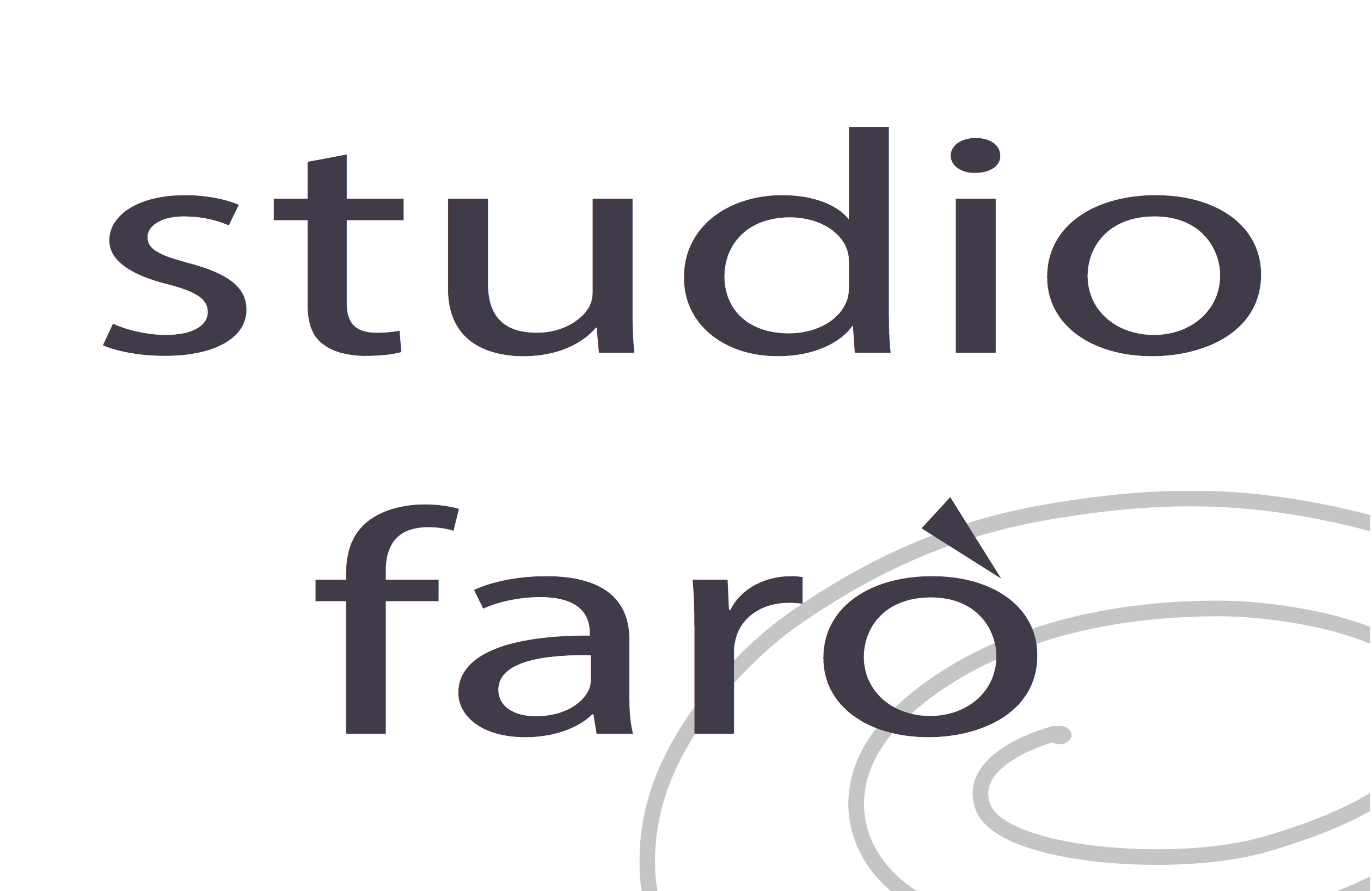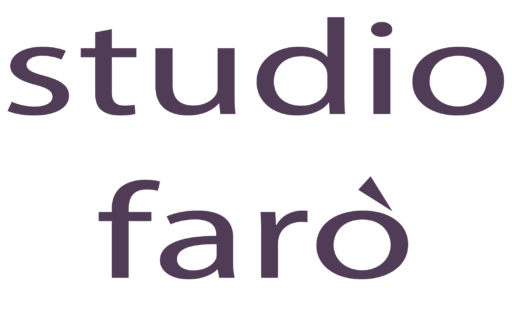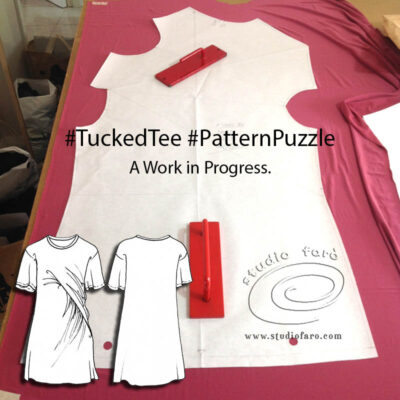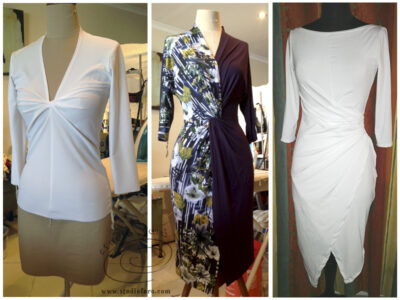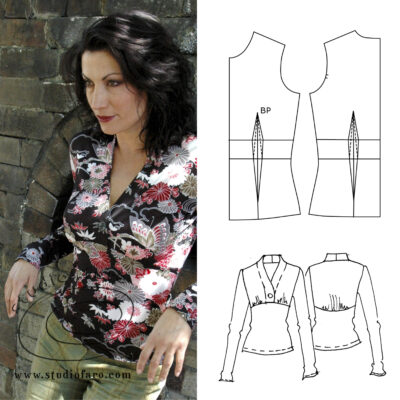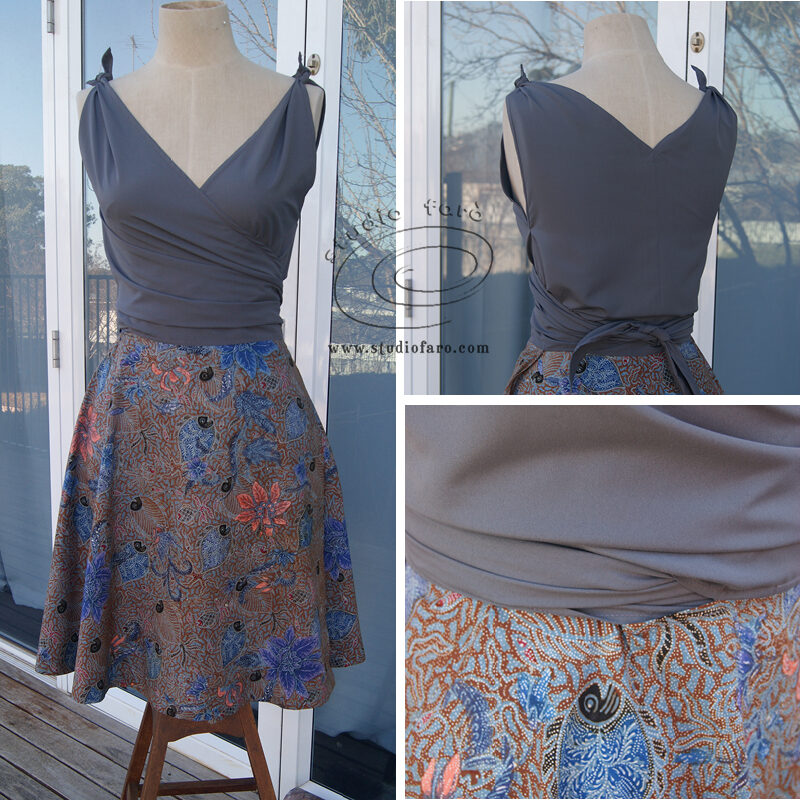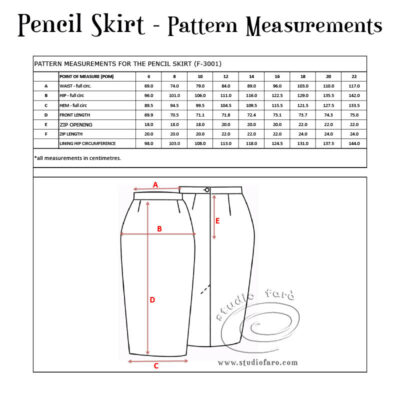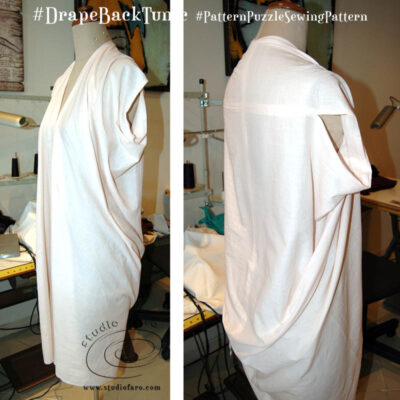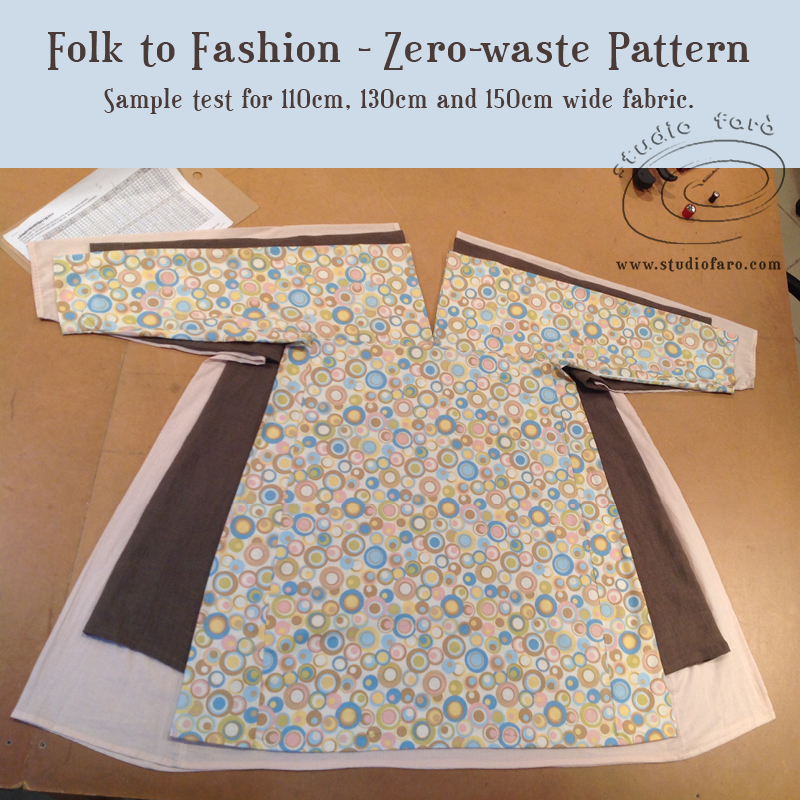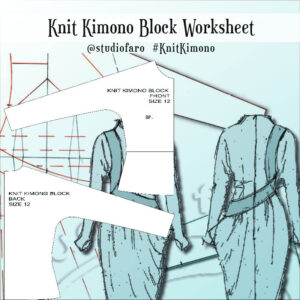14 Jul Working with my Corset Block
Fashion Corset v Historic Corset
There's a lot of talk around the negative aspects of wearing corsets but be assured that's not the whole story. My experience with corsets is strictly fashion industry and what I share here in the blog and through the product I have listed on the website is all derived from that experience. The articles and papers listed below will help you develop your own understanding of the debate around historic corsets if this issue is of interest.
History of Corsets: the first wave of feminism - A reasonable introduction to the debate.
The Kurious Kase of Kim Kardashians Korset - A more thorough and academic investigation of debate around corsets.
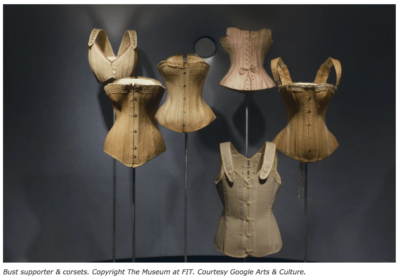 Bust supporter and corsets. Copyright The Museum at FIT. Courtesy Google Arts and Culture.
Bust supporter and corsets. Copyright The Museum at FIT. Courtesy Google Arts and Culture.
